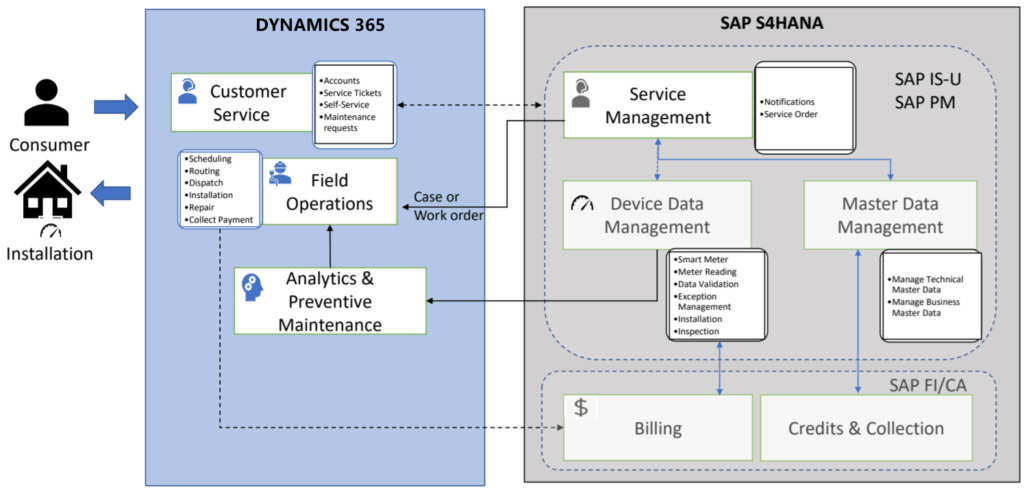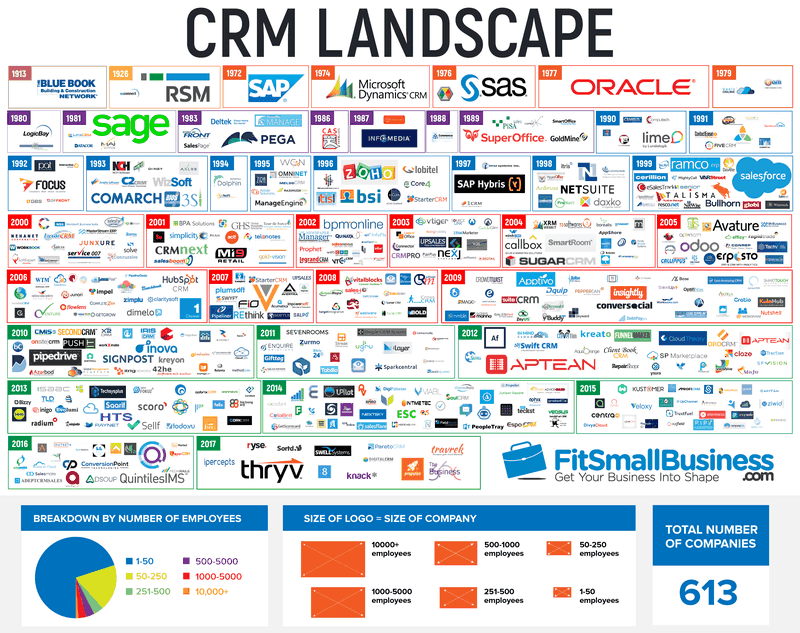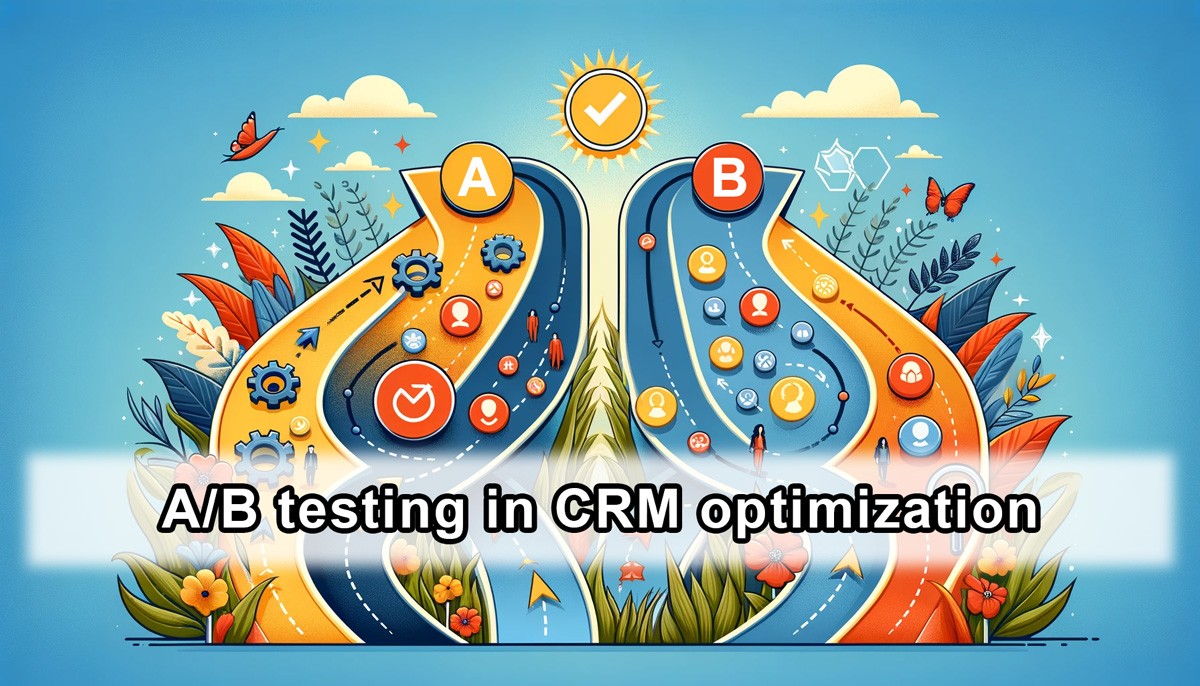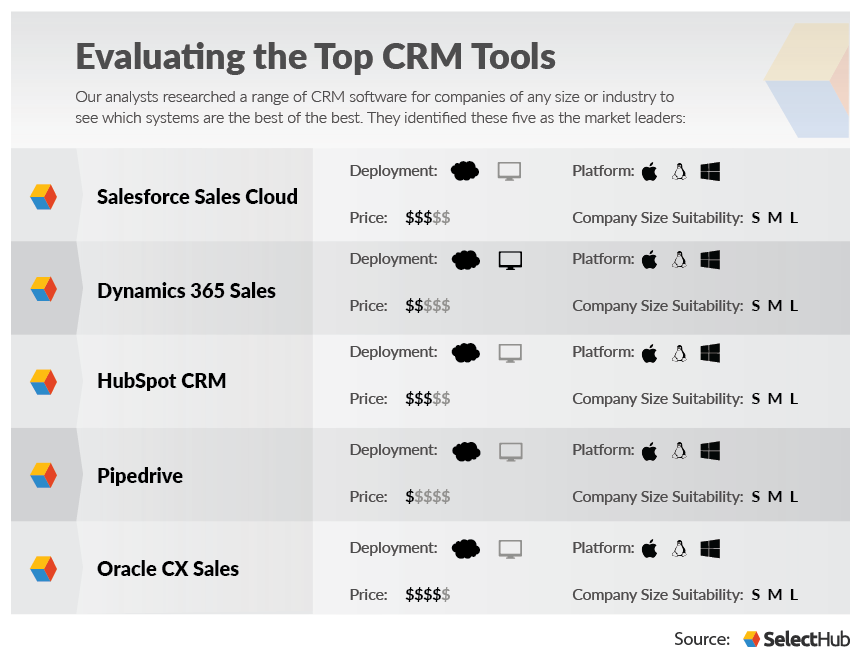
Unveiling the Power of CRM Integration with Flow
In today’s fast-paced business environment, the ability to streamline processes and enhance efficiency is paramount. One of the most effective ways to achieve this is through the strategic integration of Customer Relationship Management (CRM) systems with workflow automation tools, often referred to as “Flow” platforms. This powerful combination allows businesses to automate repetitive tasks, improve data accuracy, and ultimately, foster stronger customer relationships. This article delves deep into the world of CRM integration with Flow, exploring its benefits, practical applications, and how you can implement it to transform your business operations.
Understanding the Basics: CRM and Flow
Before we dive into the intricacies of integration, let’s establish a clear understanding of the two key players: CRM and Flow.
What is a CRM?
A CRM system is a software solution designed to manage and analyze customer interactions and data throughout the customer lifecycle. It serves as a central hub for all customer-related information, including contact details, communication history, purchase history, and more. The primary goals of a CRM are to improve customer relationships, enhance customer retention, and drive sales growth. Popular CRM platforms include Salesforce, HubSpot, Zoho CRM, and Microsoft Dynamics 365.
What is Flow?
“Flow” (or workflow automation platforms) enables businesses to automate repetitive tasks and processes. They use a visual interface, often with drag-and-drop functionality, to create automated workflows. These workflows can trigger actions based on specific events or conditions. For instance, a workflow might automatically send a welcome email to a new subscriber, update a sales opportunity stage in a CRM, or notify a team member when a support ticket is created. Examples of Flow platforms include Zapier, Microsoft Power Automate, and Integromat (now Make).
The Synergy: Why Integrate CRM with Flow?
The integration of CRM and Flow creates a powerful synergy that unlocks a multitude of benefits for businesses of all sizes. Here are some of the key advantages:
- Automation of Repetitive Tasks: One of the most significant benefits is the automation of time-consuming, manual tasks. This frees up valuable time for your team to focus on more strategic initiatives, such as building relationships and driving innovation.
- Improved Data Accuracy: Integration minimizes the risk of human error by automating data entry and updates. This ensures that your CRM data is accurate, up-to-date, and reliable.
- Enhanced Customer Experience: Automated workflows can personalize customer interactions, provide faster responses, and improve overall customer satisfaction. For example, a customer who submits a support ticket can automatically receive a confirmation email and a ticket number.
- Increased Sales Productivity: Sales teams can benefit from automated lead nurturing, streamlined sales processes, and improved pipeline management. This leads to faster deal closures and higher revenue.
- Better Collaboration: Integration facilitates seamless communication and collaboration between different departments, such as sales, marketing, and customer service.
- Cost Savings: By automating tasks and improving efficiency, CRM integration with Flow can lead to significant cost savings.
- Real-time Insights: Integrated systems provide real-time data and insights, allowing you to make data-driven decisions and optimize your business processes.
Practical Applications of CRM Integration with Flow
The possibilities for CRM integration with Flow are vast. Here are some practical examples of how businesses can leverage this powerful combination:
1. Lead Management and Qualification
Automate the lead qualification process by integrating your CRM with your marketing automation platform or lead generation tools. When a new lead is captured, a workflow can automatically:
- Create a new contact in your CRM.
- Assign the lead to the appropriate sales representative.
- Send a personalized welcome email.
- Trigger a series of follow-up emails based on the lead’s behavior (e.g., website visits, content downloads).
2. Sales Process Automation
Streamline your sales process by automating tasks such as:
- Updating opportunity stages in your CRM based on specific actions (e.g., sending a proposal, scheduling a demo).
- Sending automated email reminders to sales reps about upcoming tasks or follow-ups.
- Creating tasks and activities in your CRM based on deal stage changes.
3. Customer Onboarding
Create a seamless onboarding experience for new customers by automating tasks such as:
- Creating a new account in your CRM.
- Sending a welcome email with onboarding instructions.
- Assigning a customer success manager.
- Creating a task to schedule an onboarding call.
4. Customer Support and Ticketing
Improve customer support efficiency by integrating your CRM with your help desk or ticketing system. When a new support ticket is created, a workflow can automatically:
- Create a new contact in your CRM if the customer is not already in the system.
- Update the contact record with information from the ticket.
- Assign the ticket to the appropriate support agent.
- Send automated responses to the customer, such as a ticket confirmation email.
5. Marketing Automation
Integrate your CRM with your marketing automation platform to:
- Segment your contacts based on their CRM data.
- Trigger marketing campaigns based on specific customer actions or events.
- Personalize email content based on CRM data.
- Track the effectiveness of your marketing campaigns and attribute leads to specific campaigns.
Choosing the Right Integration Tools
Selecting the right tools for CRM integration with Flow is crucial for success. Consider the following factors:
- Compatibility: Ensure that your CRM and Flow platforms are compatible and offer pre-built integrations or APIs for easy connection.
- Features and Functionality: Evaluate the features and functionality of each platform to ensure they meet your specific business needs.
- Ease of Use: Choose platforms that are easy to use and offer a user-friendly interface.
- Scalability: Select platforms that can scale with your business growth.
- Pricing: Compare the pricing plans of different platforms to find the best value for your budget.
- Support and Documentation: Look for platforms that offer excellent support and comprehensive documentation.
Here are some popular integration platforms:
- Zapier: A widely used platform that connects thousands of apps and offers a user-friendly interface.
- Microsoft Power Automate: Integrated with the Microsoft ecosystem and offers a wide range of connectors.
- Integromat (Make): A more advanced platform that offers powerful automation capabilities and a flexible interface.
- Workato: Designed for enterprise-level automation, with robust features and capabilities.
Step-by-Step Guide to CRM Integration with Flow
The specific steps for integrating your CRM with Flow will vary depending on the platforms you are using, but here’s a general outline:
1. Define Your Goals and Objectives
Before you start the integration process, clearly define your goals and objectives. What do you want to achieve through the integration? Identify the specific tasks you want to automate and the workflows you want to create. This will help you choose the right integration platform and configure your workflows effectively.
2. Choose Your Integration Platform
Based on your goals and objectives, choose the appropriate integration platform. Consider the compatibility, features, ease of use, and pricing of different platforms.
3. Connect Your CRM and Flow Platforms
Connect your CRM and Flow platforms by authenticating your accounts and providing the necessary credentials. Most platforms offer pre-built connectors for popular CRM systems, making the connection process straightforward.
4. Configure Your Workflows
Create your automated workflows by using the drag-and-drop interface of your chosen platform. Define the triggers, actions, and conditions for each workflow. For example, you might create a workflow that triggers when a new lead is created in your CRM. The action could be to add the lead to a specific email list in your marketing automation platform.
5. Test Your Workflows
Thoroughly test your workflows to ensure they are working as expected. Test different scenarios and edge cases to identify any potential issues. Make any necessary adjustments to your workflows based on your testing results.
6. Monitor and Optimize
Once your workflows are live, monitor their performance and make any necessary optimizations. Track metrics such as the number of tasks automated, the time saved, and the impact on your business outcomes. Regularly review your workflows and make adjustments as needed to ensure they are meeting your goals.
Best Practices for Successful CRM Integration with Flow
To maximize the benefits of CRM integration with Flow, follow these best practices:
- Start Small: Begin by automating a few simple tasks and workflows. As you gain experience, you can gradually add more complex automation.
- Document Your Workflows: Document your workflows to make it easier to understand, maintain, and troubleshoot them.
- Use Clear and Consistent Naming Conventions: Use clear and consistent naming conventions for your workflows, triggers, and actions. This will make it easier to manage your workflows and understand their purpose.
- Regularly Review Your Workflows: Regularly review your workflows to ensure they are still relevant and effective. Make any necessary adjustments to optimize their performance.
- Train Your Team: Train your team on how to use the integrated systems and workflows. This will ensure that everyone is using the systems correctly and effectively.
- Prioritize Data Security: Implement appropriate security measures to protect your customer data. This includes using strong passwords, enabling two-factor authentication, and regularly reviewing your security settings.
- Seek Expert Advice: If you are unsure about any aspect of the integration process, seek expert advice from a consultant or your CRM or Flow platform provider.
Overcoming Challenges in CRM Integration with Flow
While CRM integration with Flow offers significant benefits, there are also some potential challenges. Here are some common challenges and how to overcome them:
- Data Synchronization Issues: Ensure that your data is synchronized accurately between your CRM and Flow platforms. Use appropriate data mapping and data validation techniques to minimize data synchronization issues.
- Workflow Complexity: Avoid creating overly complex workflows that are difficult to manage and troubleshoot. Break down complex workflows into smaller, more manageable steps.
- Integration Conflicts: Be aware of potential conflicts between different integrations. Test your integrations thoroughly to identify and resolve any conflicts.
- Lack of User Adoption: Ensure that your team is properly trained on how to use the integrated systems. Encourage user adoption by communicating the benefits of the integration and providing ongoing support.
- Security Concerns: Implement appropriate security measures to protect your customer data. Regularly review your security settings and update your security protocols as needed.
The Future of CRM and Flow Integration
The integration of CRM and Flow is constantly evolving. As technology advances, we can expect to see even more sophisticated integrations and automation capabilities. Here are some trends to watch:
- AI-powered Automation: Artificial intelligence (AI) is playing an increasingly important role in workflow automation. AI-powered automation can automate more complex tasks, such as lead scoring, data enrichment, and predictive analytics.
- Hyper-personalization: Integration will enable businesses to deliver even more personalized customer experiences. By leveraging customer data from the CRM, businesses can tailor their interactions and communications to each individual customer’s needs and preferences.
- No-code/Low-code Platforms: No-code and low-code platforms are making it easier for businesses to create and manage their own integrations and workflows. This empowers business users to take control of their automation efforts.
- Integration with Emerging Technologies: CRM and Flow platforms will continue to integrate with emerging technologies, such as the Internet of Things (IoT) and blockchain. This will open up new opportunities for automation and data-driven decision-making.
Conclusion: Embrace the Power of Integration
CRM integration with Flow is a game-changer for businesses looking to optimize their operations, improve customer relationships, and drive growth. By automating repetitive tasks, enhancing data accuracy, and personalizing customer interactions, businesses can unlock significant efficiencies and achieve a competitive advantage. By following the best practices outlined in this article and staying abreast of the latest trends, you can successfully integrate your CRM with Flow and transform your business for the better. The future is automated, and the time to embrace the power of integration is now.


